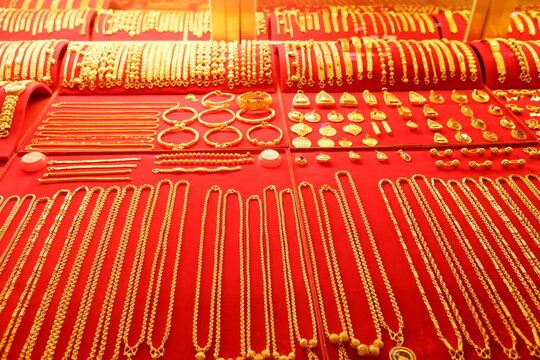Revealing the Lifecycle of Gold from Mineral Processing to Market Supply
Wiki Article
Au has been a valuable material for millions of years, cherished not only for its beauty but also for its practicality in various sectors. The path of gold begins with ore removal, a technique that involves extraction. Miners explore for gold reserves in the earth, which can be found in different forms such as nuggets or grains embedded in other minerals. There are several methods of mining, including placer mining and hard rock mining. Placer mining involves recovering gold in streams, while hard rock mining requires digging deep into the ground to remove gold-bearing rocks. Both methods can be resource-heavy and require careful preparation to be successful.
Once the ore is removed from the ground, it must be refined to recover the gold from other materials. This method usually starts with breaking the ore into small pieces, making it easier to work with. After pulverizing, the ore is subjected with chemicals to extract the gold. One common approach is using cyanide, which combines with gold and allows it to be isolated from other minerals. This step is crucial because it improves the concentration of the gold and conditions it for further refinement. The remaining waste are discarded as tailings, which must be handled properly to avoid environmental impact.
After the gold is divided from the ore, it goes through purification to achieve a higher level of quality. This step often involves casting the gold at high temperatures to remove undesirable elements. Various approaches can be used for refining, including electrolysis and cupellation. Electrolysis visit here uses electricity to separate impurities from clean gold, while cupellation involves subjecting gold in a refining furnace that oxidizes unwanted contaminants. The final product is typically nearly pure gold, ready for use in luxury goods, technology, and other applications.

Once refined, gold is molded into bars or rounds before being delivered to trade centers around the world. Gold bullion are commonly used by financial institutions as a form see here now of store of value or reserve asset. Rounds are often manufactured for collectors or general use, depending on their design and collectibility. Distribution channels include distributors and vendors who sell gold products to buyers. The cost of gold fluctuates based on market demand and supply conditions, impacting how it is sold and traded globally.
The entire path of gold from mineral extraction to market distribution highlights the sophistication of this precious metal's life cycle. Each step requires expertise and skill to ensure that the final material meets quality standards and fulfills buyer expectations. Grasping this journey not only illuminates how coveted assets are harvested but also emphasizes the importance of sustainable extraction methods that defend both stakeholders and the environment. As market demand for Au continues around the international markets, appreciating this process ensures that we honor its role beyond mere aesthetics, recognizing its function in our market and civilization.